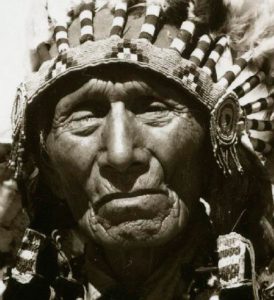To Tao all under heaven will come as streams and torrents flow into a great river or sea.
— Tao te ching 32 (Waley)
Say: All things are of God.
— Bahá’u’lláh, Book of the Covenant
All persons, living and dead, are purely coincidental.
— Kurt Vonnegut, Timequake
(from each equinoxious points of view, the one fellow’s fetch being the other follow’s person)
— Finnegans Wake, 85
